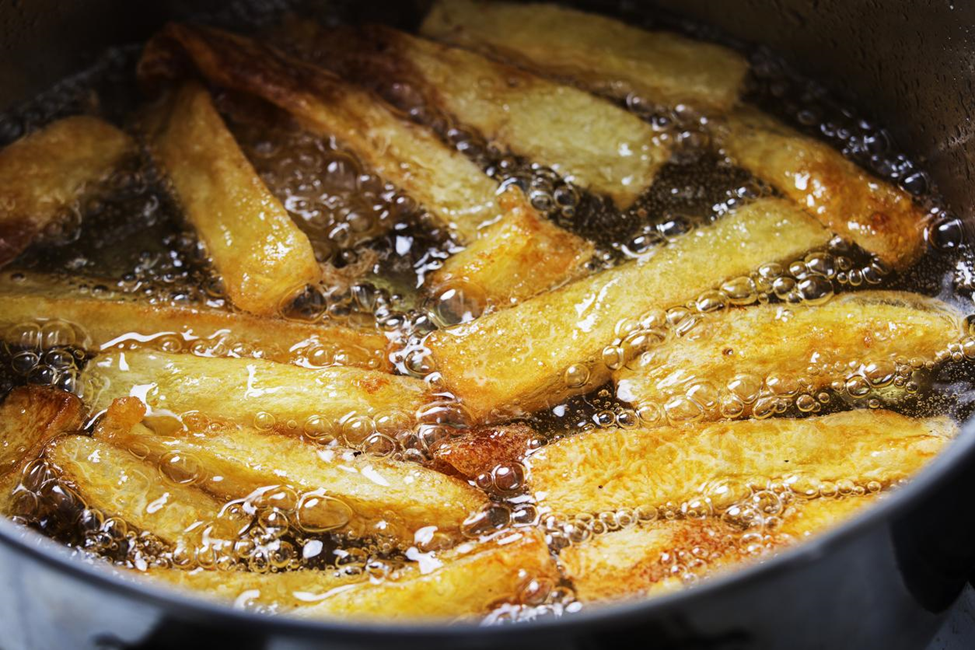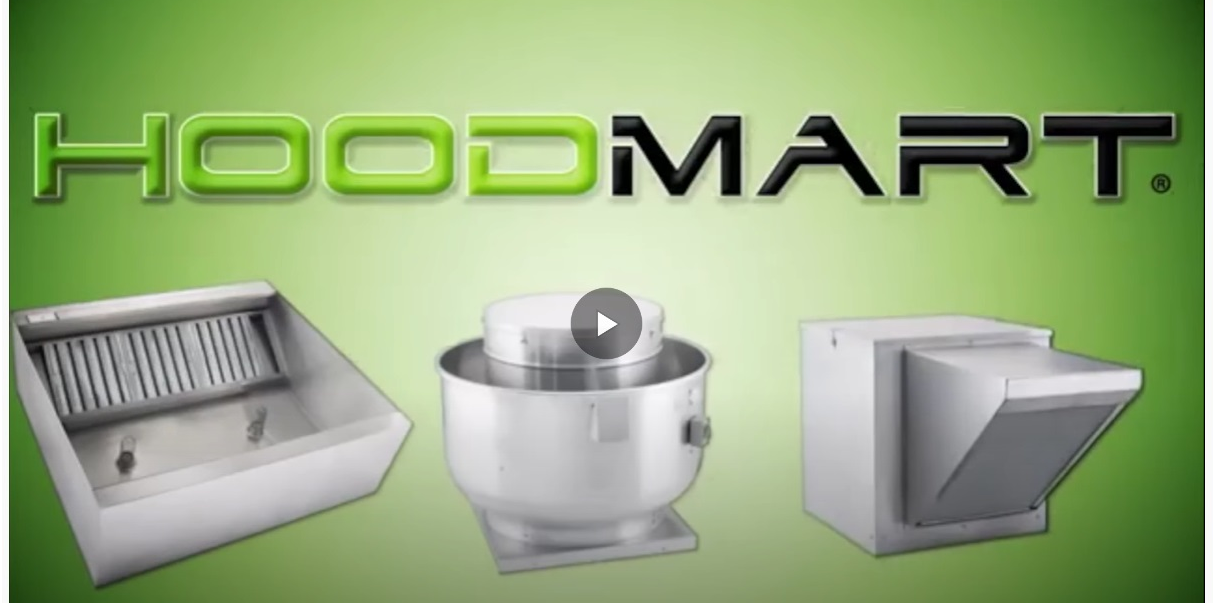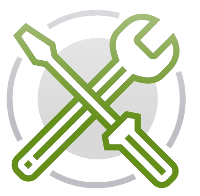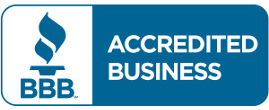We use cookies to help improve our services, make personal offers, and enhance your experience. If you do not accept optional cookies below, your experience may be affected. If you want to know more, please read the Aprende más.
Kitchen Fire Suppression System Training Guide | Hoodmart
Kitchen Fire Suppression System Training Guide | Hoodmart
- Junio 26, 2023
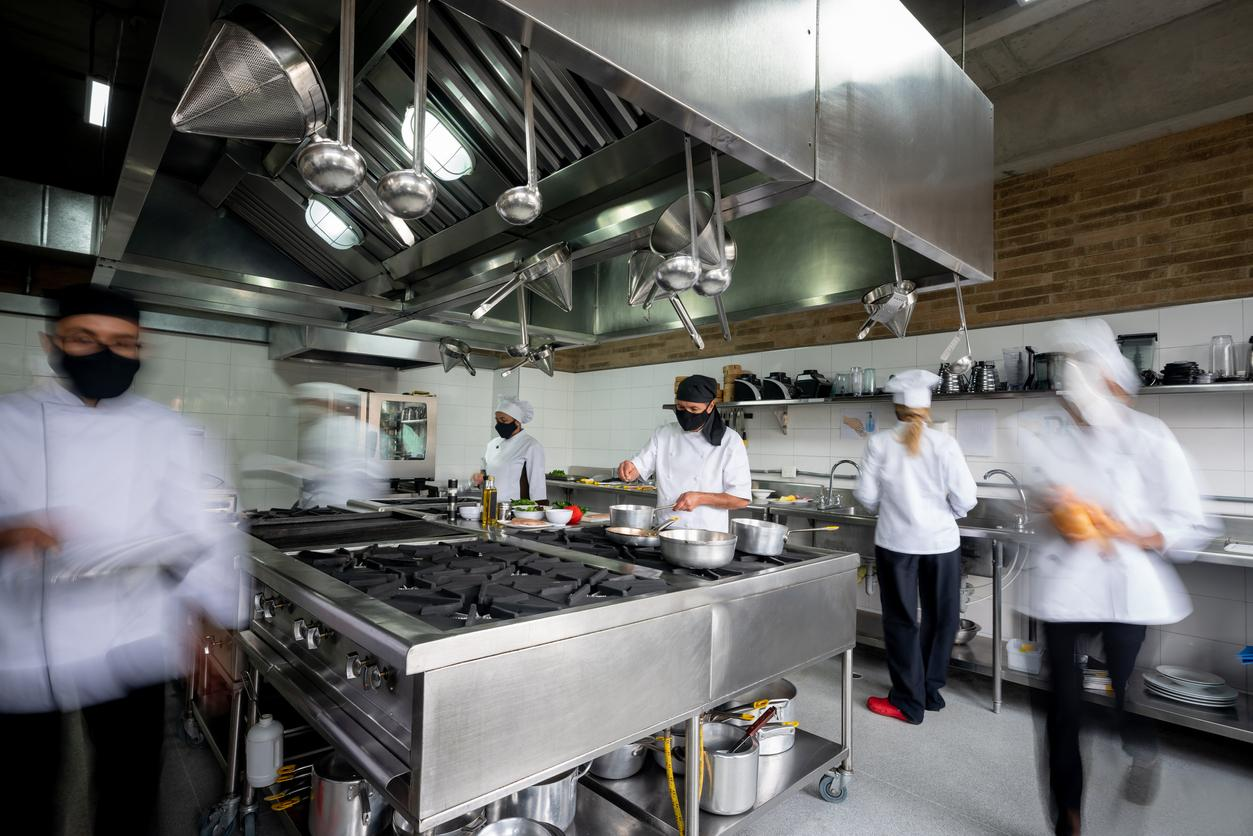
Discover how to effectively train your staff on kitchen fire suppression system procedures with this comprehensive guide from the experts at Hoodmart!
In this article, the experts at Hoodmart will guide you through the essentials of training your staff on kitchen fire suppression system procedures. It's important to note that while this guide offers valuable insights, it is merely a guide based on industry best practices. Always consult local regulations and experts for specific training requirements. Got it? Okay! Let's dive into the critical points for effectively training your team on kitchen fire suppression system procedures.
Understand Your Fire Suppression System
Begin by familiarizing your staff with your establishment's kitchen fire suppression system. Explain its purpose, components, and how it functions. Ensure they understand the importance of the system in preventing and suppressing fires in the kitchen. If you have questions, the best way to get the correct answer is to consult your exhaust hood manufacturer.
Explain Fire Hazards and Prevention
Educate your team about common fire hazards in the kitchen, such as grease accumulation, electrical malfunctions, and improper handling of flammable materials. To minimize fire risks, include preventive measures like regular cleaning, proper storage, and safe cooking practices. Even experienced kitchen staff can benefit from a review of the basics.
Review Emergency Procedures
Outline the step-by-step emergency procedures your staff should follow in case of a fire. This includes activating the fire alarm, notifying authorities, evacuating the premises, and safely using fire extinguishers if necessary. Stress the importance of staying calm and prioritizing personal safety.
Demonstrate System Operation
Provide a hands-on demonstration of how to operate the kitchen fire suppression system. Show your staff how to activate and deactivate the system, locate emergency shutdown switches, and use manual discharge devices. Reading the technical specs and understanding the basics is one thing, but hands-on experience is invaluable - especially in an emergency when people are more likely to be reactive and less apt to remember a lot of technical jargon. So encourage questions and clarify any doubts they may have.
Conduct Regular Drills and Inspections
Organize regular fire drills to simulate emergency situations and assess your staff's response. This allows them to practice their roles and responsibilities, familiarize themselves with evacuation routes, and reinforce the importance of quick and effective action during a fire. Staff should be confident in inspecting nozzles for blockages and reporting any signs of damage or malfunction. Encourage them to be vigilant and proactive in maintaining a safe kitchen environment.
Document Training Sessions
Maintain a record of all fire suppression system training sessions, including the date, topics covered, and attendance. Documenting training demonstrates your commitment to safety and serves as evidence of compliance with training requirements.
In addition to regular training, it’s important to promote continuous learning and fire safety awareness among your staff. Encourage them to stay updated on the latest fire safety practices, attend workshops or webinars, and share relevant resources to enhance their knowledge and skills.
Conclusion
Training your staff on kitchen fire suppression system procedures is crucial for a safe and prepared work environment. Remember, always consult local regulations and experts for specific training requirements in your area. By providing comprehensive training, you empower your staff to respond effectively during emergencies and minimize potential risks, ensuring the safety of your kitchen, employees, and business.
Ready to build your custom exhaust hood package with the help of our friendly experts at Hoodmart? Get started today!



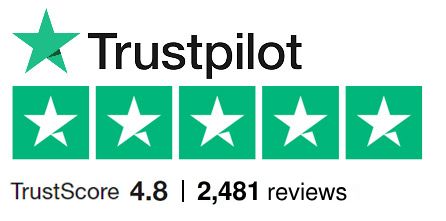


 CUSTOM FABRICATOR
CUSTOM FABRICATOR








